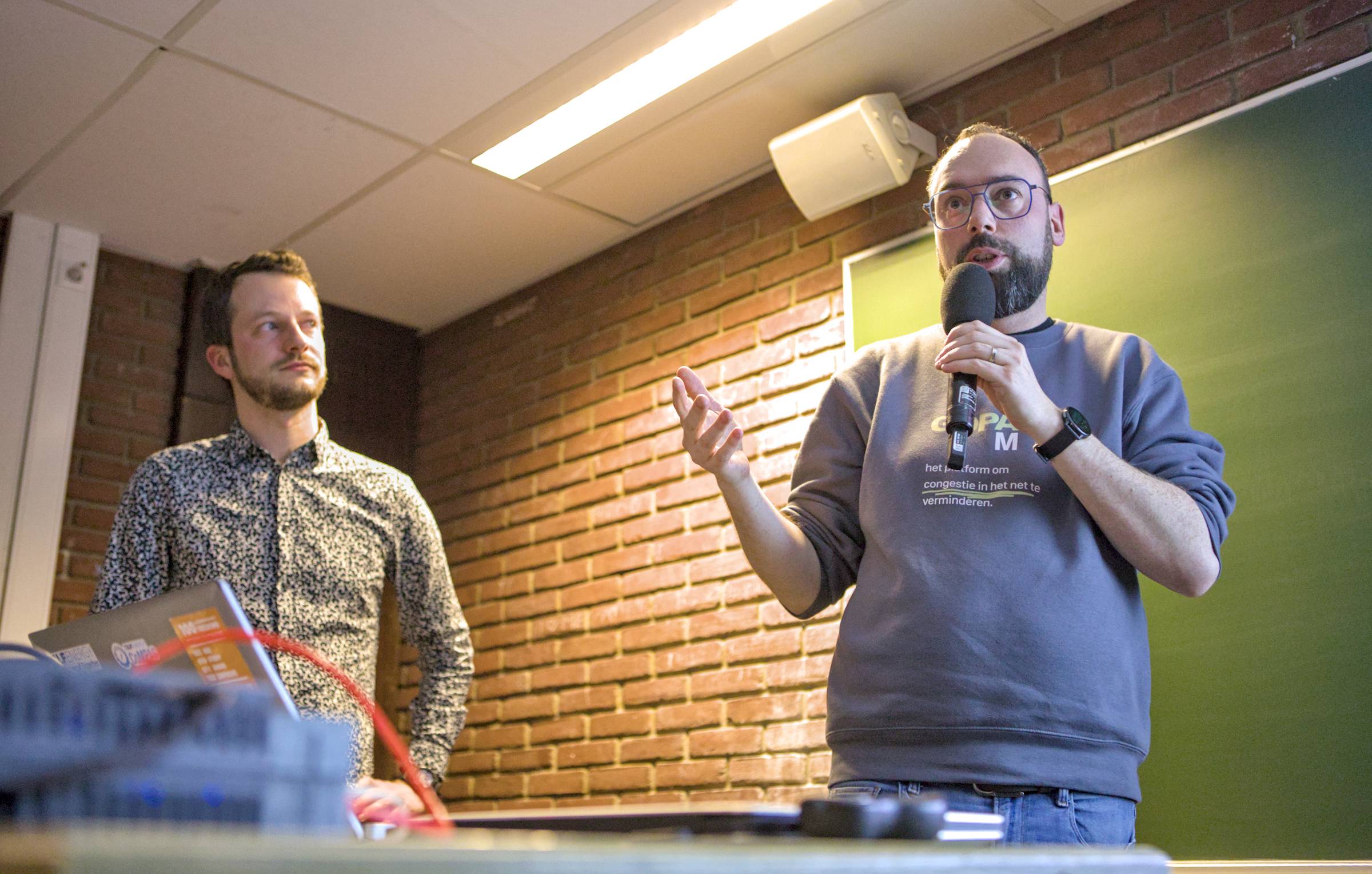Shapeshifter implements the Universal Smart Energy Framework for flexibility forecasting, offering, ordering, and settlement processes.
ShapeShifter enables trading via DSO/TSO coordination platforms that also support the protocol.
Shapeshifter offers the fastest, fairest, and lowest cost route to a smart energy future by delivering one common approach to efficiently connect smart energy projects and technologies. Its market structure, roles, rules and tools for the commoditization and trading of flexible energy usage work with existing and evolving energy markets.
Shapeshifter focuses specifically on the exchange of flexibility between aggregators (AGRs) and distribution system operators (DSOs) or between aggregators and transmission system operations (TSOs). It describes the corresponding market interactions between them to resolve grid constraints by applying congestion management or grid capacity management.
Shapeshifter is based on the market-based coordination mechanism (MCM) described by USEF. It facilitates the delivery of value propositions (i.e. marketable services) to various market parties without imposing limitations on the diversity and customization of the propositions.
This MCM is designed for all energy commodities and enables the market to optimize in time, capacity and power. The MCM provides access, under equal conditions, for all stakeholders to a single integrated market. This unique approach aims to deliver a future-proof market design.
In Shapeshifter, the general MCM phases are followed. However, processes in each phase are limited to the interactions between the AGR and DSO or TSO for flexibility trading. The MCM operations scheme distinguishes five phases:
- Contract: AGR and DSO/TSO negotiate FlexOptions. This is flexibility that is reserved for DSO or TSO purposes and can be invoked by the DSO/TSO when needed. Typically, a contract includes availability remunerations and activation remunerations.
- Plan: information exchange between DSO/TSO and AGRs related to congestion points. This information exchange through the ‘Common Reference’ involves communication with the Common Reference Operator (CRO). The AGR carries out an initial portfolio optimization.
- Validate: the DSO uses D-prognoses to validate whether the demand and supply of energy can be distributed safely without any limitations. If congestion occurs, the DSO or TSO can procure flexibility from AGRs to resolve grid capacity issues.
- Operate: in the operate phase, the actual assets and appliances are dispatched and the AGR adheres to its D-prognoses. When required, DSOs/TSOs can invoke additional flexibility from AGRs to resolve unexpected congestion.
- Settle: in the settle phase, the flexibility that the AGR has sold to DSOs/TSOs is settled. For this purpose, the actual consumed and produced volumes are allocated to the responsible parties first. Any unresolved or disputed volumes are reconciled shortly afterwards.
Shapeshifter Videos
Unleash the Power of Flexibility with Shapeshifter: A Universal Flex Trading Protocol
Recent Shapeshifter News
Upcoming Meetings
View the calendar of all LF Energy events
Project Special Interest Group: Grid Operations
Project Lifecycle Stage: Incubation


FOSDEM 2024 Energy Devroom - Unleash the Power of Flexibility with Shapeshifter
February 29, 2024 3:05 pm